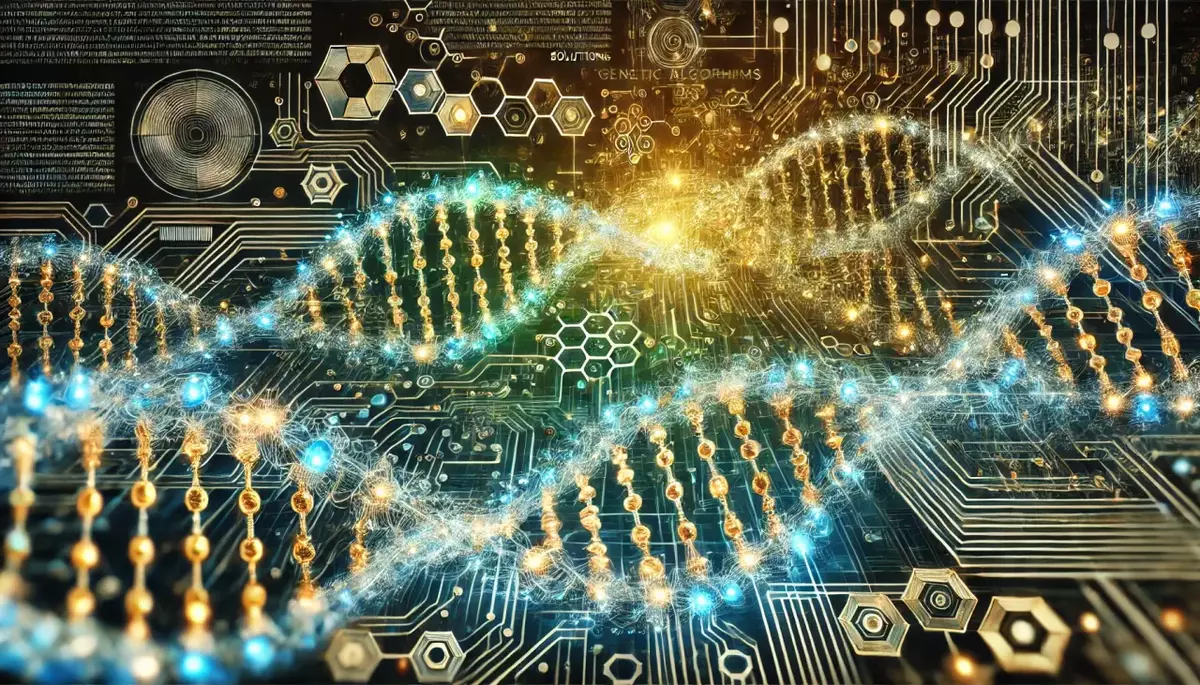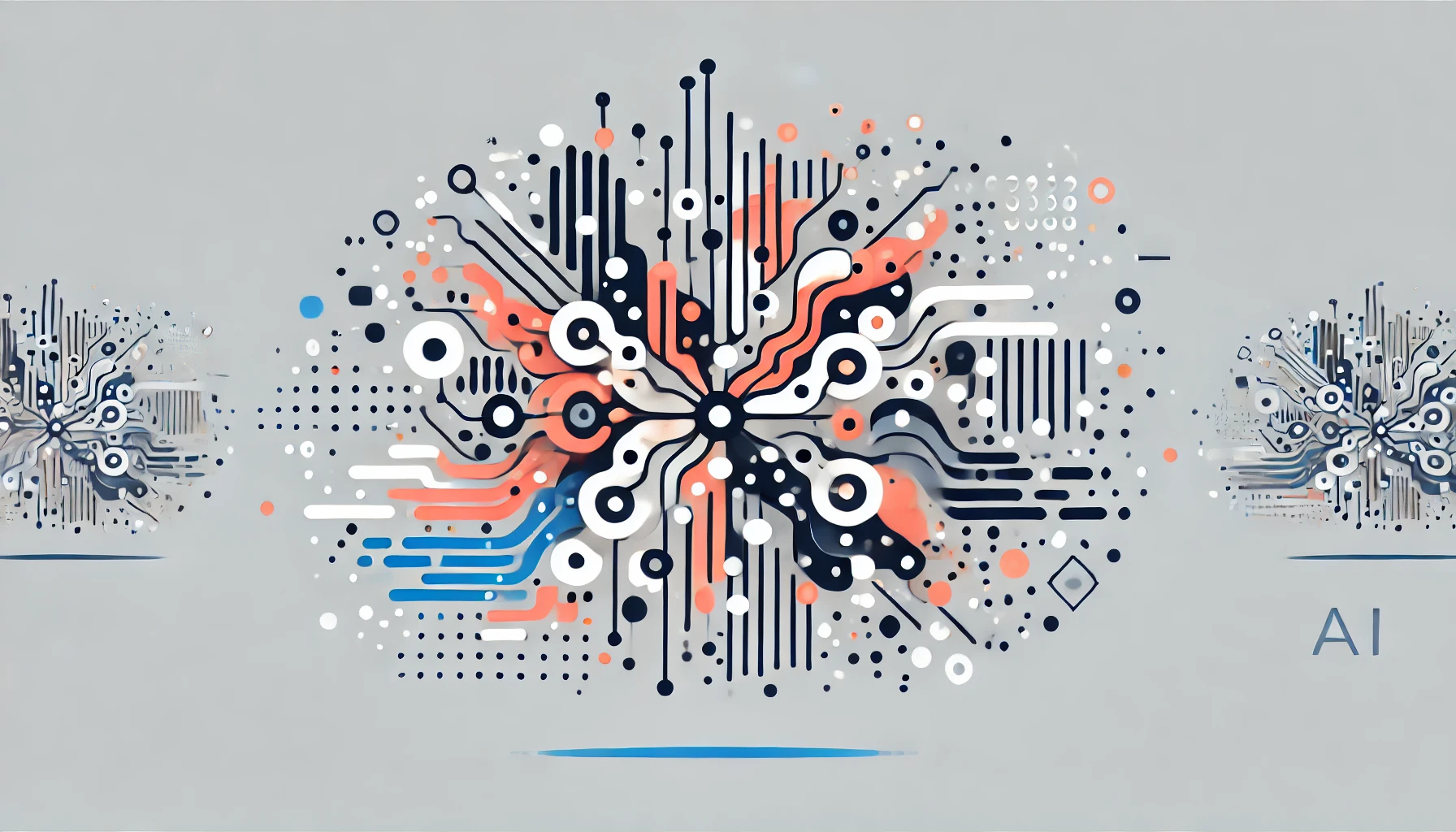Introduction
Genetic algorithms are a class of optimization algorithms inspired by the process of natural selection and evolution. They are used to solve complex problems by iteratively improving candidate solutions based on an evaluation of their fitness.
What are Genetic Algorithms?
Genetic algorithms are a type of evolutionary algorithm that uses techniques inspired by evolutionary biology, such as inheritance, mutation, selection, and crossover, to find optimal or near-optimal solutions to complex problems.
Key Characteristics of Genetic Algorithms:
- Population-based: Genetic algorithms work with a population of candidate solutions, rather than a single solution.
- Fitness-based: Each candidate solution is evaluated based on a fitness function, which determines how well the solution solves the problem.
- Evolutionary Operators: Genetic algorithms use operators like selection, crossover, and mutation to create new candidate solutions from the current population.
- Iterative Improvement: The algorithm iteratively improves the population of candidate solutions, with the goal of converging to an optimal or near-optimal solution.
How Do Genetic Algorithms Work?
Genetic algorithms follow a general process to evolve solutions to a problem:
The Genetic Algorithm Process:
- Initialization: Create an initial population of candidate solutions, typically represented as strings of binary digits (chromosomes).
- Evaluation: Evaluate the fitness of each candidate solution in the population using a fitness function.
- Selection: Select the fittest individuals from the population to be the “parents” for the next generation.
- Reproduction: Apply genetic operators, such as crossover and mutation, to the selected parents to create new candidate solutions (offspring).
- Replacement: Replace the less fit individuals in the population with the new offspring.
- Termination: Repeat steps 2-5 until a termination condition is met, such as a maximum number of generations or a satisfactory solution is found.
Example of a Genetic Algorithm:
Consider the problem of finding the maximum value of the function f(x) = x^2 within the range 0 ≤ x ≤ 10. A genetic algorithm could be used to solve this problem as follows:
- Initialization: Create an initial population of candidate solutions, each represented as a binary string of length 4 (allowing values from 0 to 15).
- Evaluation: Evaluate the fitness of each candidate solution by calculating
f(x)for the corresponding value ofx. - Selection: Select the fittest individuals from the population to be the “parents” for the next generation.
- Reproduction: Apply crossover and mutation operators to the selected parents to create new candidate solutions (offspring).
- Replacement: Replace the less fit individuals in the population with the new offspring.
- Termination: Repeat steps 2-5 until a satisfactory solution is found (e.g., the maximum value of
f(x)is within a desired tolerance).
Applications of Genetic Algorithms
Genetic algorithms have been successfully applied to a wide range of optimization and problem-solving domains, including:
Optimization Problems:
- Scheduling and Routing: Optimizing transportation routes, production schedules, and resource allocation.
- Engineering Design: Designing optimal structures, systems, and components.
- Financial Modeling: Optimizing investment portfolios and trading strategies.
Problem-Solving:
- Machine Learning: Evolving neural network architectures and hyperparameters.
- Game AI: Developing intelligent agents for video games and simulations.
- Bioinformatics: Solving problems in DNA sequencing, protein folding, and drug design.
Advantages and Limitations of Genetic Algorithms
Advantages:
- Versatility: Genetic algorithms can be applied to a wide range of optimization and problem-solving tasks.
- Global Optimization: Genetic algorithms can find global optima, even in the presence of multiple local optima.
- Robustness: Genetic algorithms are relatively insensitive to the shape or continuity of the objective function.
- Parallelization: Genetic algorithms are well-suited for parallel processing, allowing for efficient computation.
Limitations:
- Computational Complexity: Genetic algorithms can be computationally intensive, especially for large-scale problems.
- Tuning Parameters: The performance of genetic algorithms can be sensitive to the choice of parameters, such as population size, mutation rate, and selection method.
- Premature Convergence: Genetic algorithms may converge to a local optimum, rather than the global optimum, if the population lacks diversity.
- Problem Representation: The way the problem is represented as a chromosome can significantly impact the algorithm’s performance.
Future Directions in Genetic Algorithms
The field of genetic algorithms continues to evolve, with ongoing research and development in areas such as:
- Hybrid Algorithms: Combining genetic algorithms with other optimization techniques, such as local search or machine learning, to improve performance.
- Adaptive and Self-Adaptive Algorithms: Developing genetic algorithms that can automatically adjust their parameters and operators based on the problem characteristics.
- Quantum Genetic Algorithms: Exploring the use of quantum computing principles to enhance the performance of genetic algorithms.
- Real-World Applications: Applying genetic algorithms to increasingly complex and large-scale problems in fields like engineering, finance, and healthcare.
Conclusion
Genetic algorithms are a powerful optimization technique inspired by the principles of natural selection and evolution. They have been successfully applied to a wide range of problems, from scheduling and design to machine learning and bioinformatics. As the field continues to evolve, genetic algorithms are likely to play an increasingly important role in solving complex, real-world problems.
This knowledge base article is provided by Fabled Sky Research, a company dedicated to exploring and disseminating information on cutting-edge technologies. For more information, please visit our website at https://fabledsky.com/.
References
- Goldberg, D. E. (1989). Genetic Algorithms in Search, Optimization, and Machine Learning. Addison-Wesley.
- Mitchell, M. (1998). An Introduction to Genetic Algorithms. MIT Press.
- Sivanandam, S. N., & Deepa, S. N. (2008). Introduction to Genetic Algorithms. Springer.
- Eiben, A. E., & Smith, J. E. (2015). Introduction to Evolutionary Computing. Springer.
- Koza, J. R. (1992). Genetic Programming: On the Programming of Computers by Means of Natural Selection. MIT Press.


























